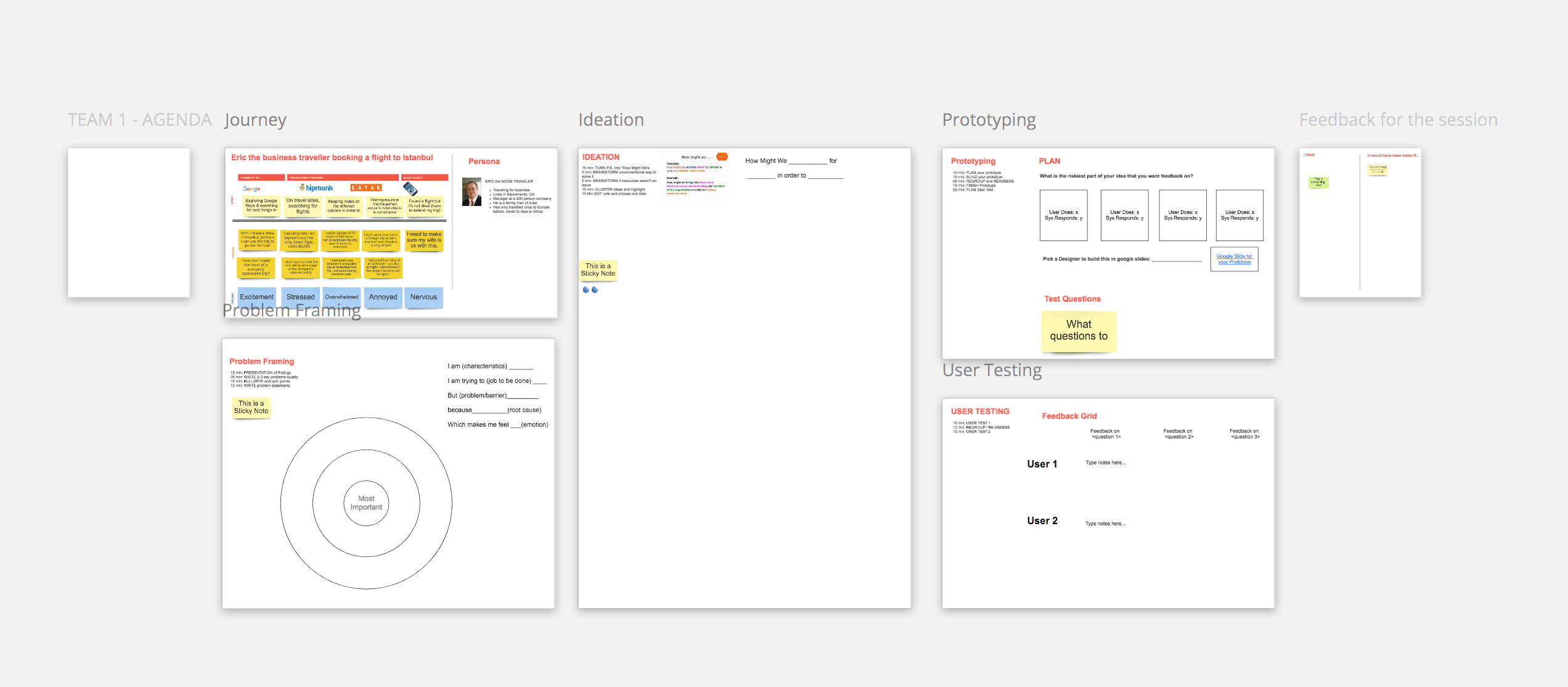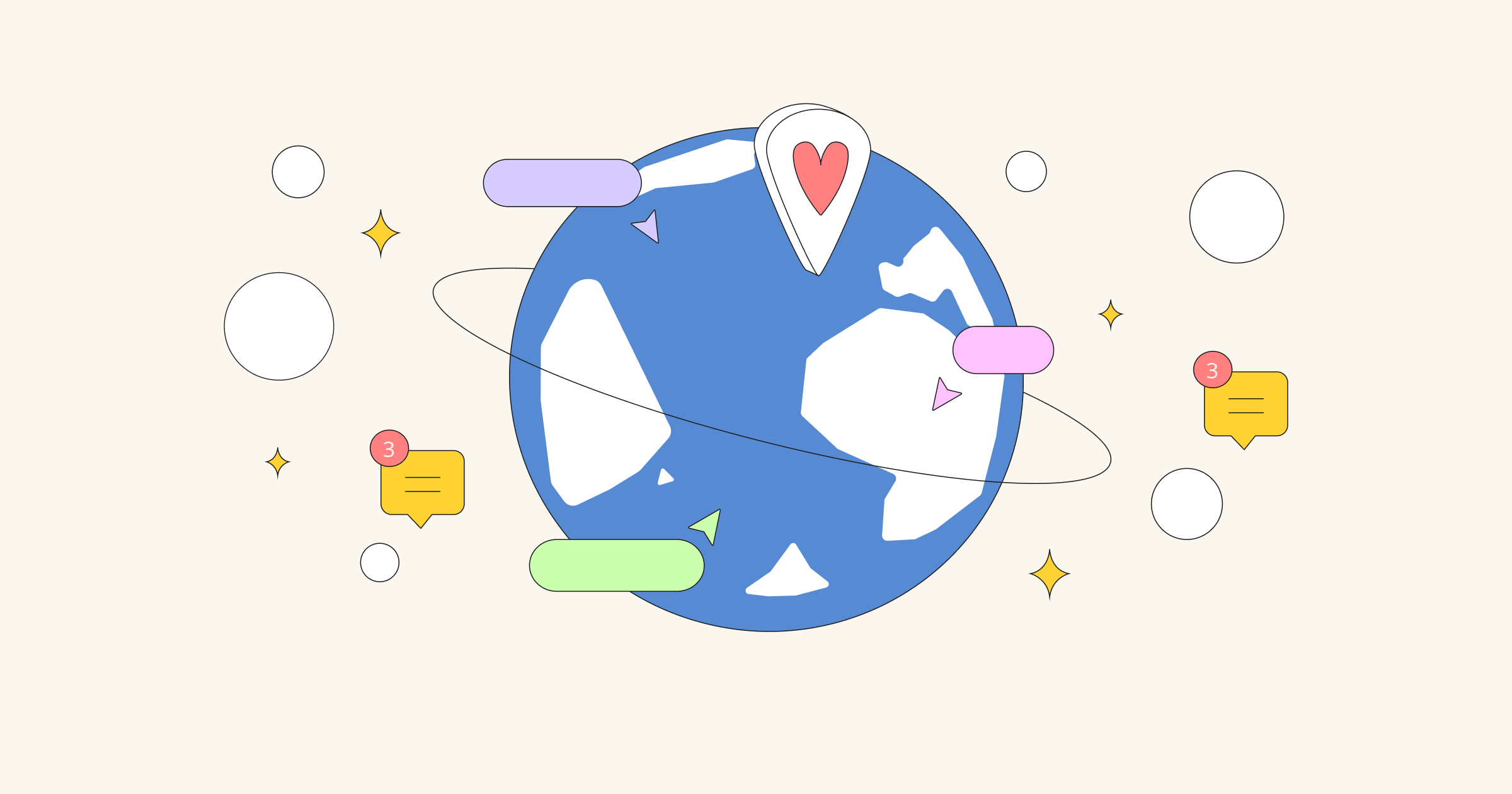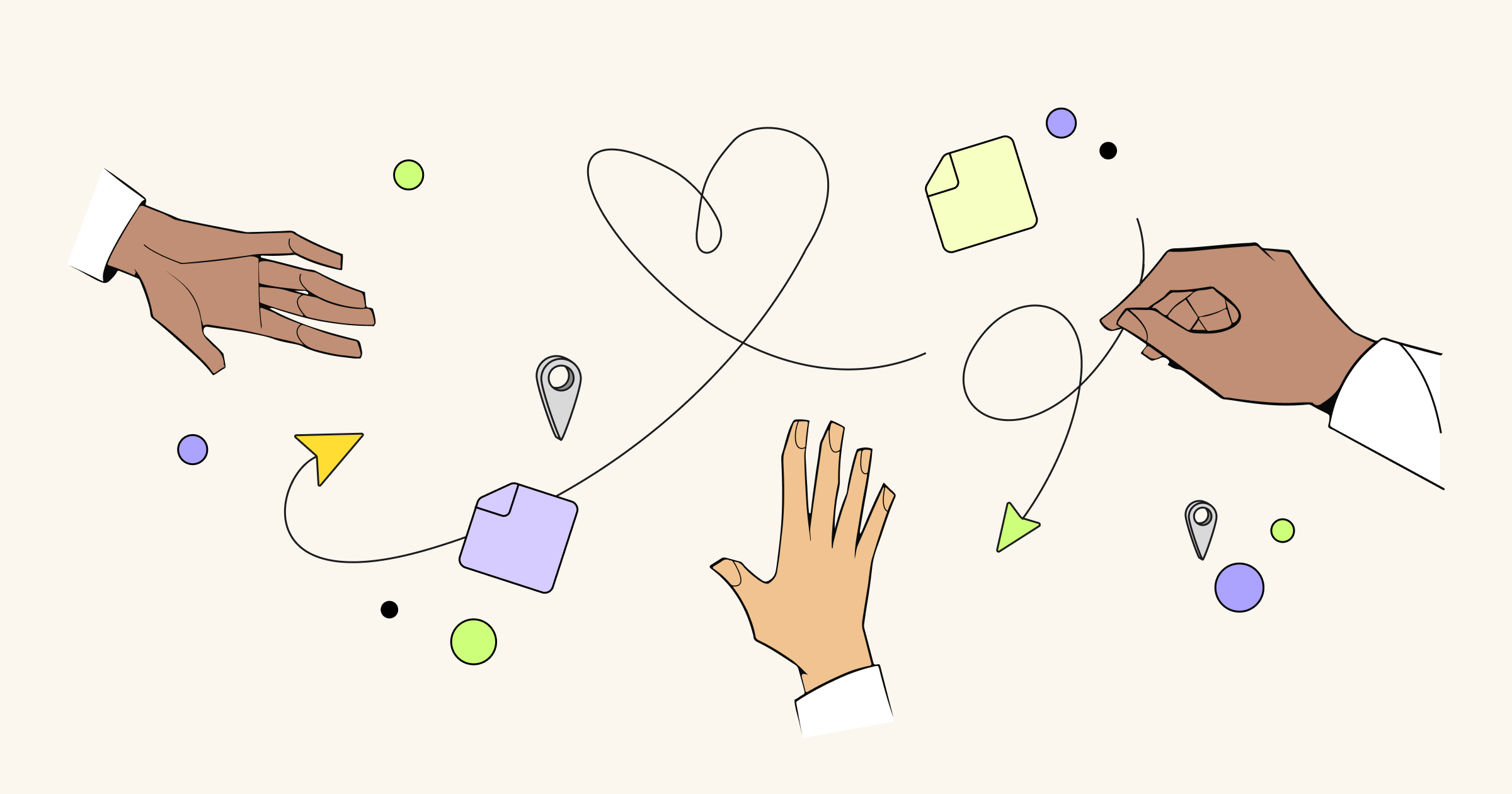We’ve all likely participated in a really great workshop that ends in no conclusion: after two days participants leave and feel like it was amazing, but they go back to their desks and they continue business as usual.
As I’ve learned over 15 years within the UX field as a practitioner and as a consultant for UX and Design team collaboration, a successful design workshop is one where we find conclusions, we state goals, and we build something that will drive future work in a different direction than before the workshop. Below I will guide you through how to facilitate a remote workshop and the values that should drive this remote workshop so it’s most effective.
Want to watch the full presentation? Tune in here.
Values to uphold in a workshop
When I talk about facilitation, I’m really talking about being a coach. As a coach you aren’t playing the game; you’re helping your team reach success and guide the team toward its goals. While the following tips can be used by a facilitator for in-person workshops, there are a few more factors to consider in remote team dynamics.
As a facilitator for remote teams, my goal is to be inclusive, to value time, and to find conclusion.
- INCLUSIVITY: Inclusive to those that are remote, those that may be more introverted, to minorities, and to folks that perceive themselves as more junior.
-
VALUING TIME: It’s hard to be in a workshop that’s not structured and you feel like you’re wasting your time.
I want to make participants feel like their time is being valued and being utilized in a constructive fashion. - FINDING CONCLUSION: A successful design workshop is one where we find conclusions, we state goals, and we build something that will drive future work in a different direction than before the workshop.
No matter what the clumpiness and distribution of a remote team may be, I create a workshop that makes teams resemble a completely remote, equally distributed team … so every single participant has the same collaborative experience of being fully remote.
Types of remote teams
Every remote team looks different. When I structure a workshop, I consider the clumpiness of a remote team (how likely a person is sitting next to another team member in an office) and the distribution of a remote team (how equally a team is distributed).
No matter what the clumpiness and distribution of a remote team may be, I create a workshop that makes teams resemble a completely remote, equally distributed team. In practice, this may mean asking workshop participants to stay home from the office, or reserving different conference rooms in the office so every single participant has the same collaborative experience of being fully remote. With equal distribution, we start the workshop with an even playing field and with true inclusivity where participants don’t cling to the people or organizational structures they’re used to.

Permutations of remote teams to consider
Clumpy + lopsided:
this is what you might see with a large HQ, with one-off team members and individuals working remotely. What frequently happens in these teams to the handful of remote people is that they are left out of strategy conversations happening in person at the HQ, and are left to execute only.
Clumpy + equal distribution:
this happens when a company has a few office hubs in different locations. These are easier for remote collaboration. Team members in each office are used to the idea of collaborating with those in another office. The only problem is that each office setting can create sub cultures.
Low clump + lopsided:
this set up tends to have a lot of people spread out across small offices, maybe like a WeWork, and then fully remote individuals as well working from home offices. This type of team tends to be smaller, open to collaboration, and are used to using remote, online collaboration tools. This type of team is the most effective for remote workshops.
Low clump + equal distribution:
this is full distribution, where each individual employee is working in a different location, separate from other employees. These teams tend to be the most inclusive, equal, and used to remote collaboration.
How to structure your workshop
To make remote workshops engaging, you must have a clear structure available to participants so they can anticipate how time will be used. I structure workshops based on the goals of the client and the type of project.
I start by making two agendas: one for the participants, and one for myself as the facilitator. I send out a public agenda to the participants as part of a calendar invite. On the back end, I create my own agenda which plans out every ten minutes of the workshop. I ask myself: what are we doing as a team? What am I asking people to do? What are we taking away? Do I need to assign homework to reflect on and gather data to bring to the meeting?
From my personal agenda, I build out a Miro board (see below) that has templates, tools and spaces that support the cadence and activities of the agenda.
Create a public agenda and a private agenda for yourself as facilitator.
Want to start building your own remote workshop?
Jump into Miro
and play around with the templates for your team’s collaboration.
Public Agenda
Workshop Goal:
Create strawman roadmap for Q1
Day 1:
- Q4 Retrospective [2 hours]
- Problem framing [4 hours]
Day 2:
- Ideation [4 hours]
- Prioritization [2 hours]
My Agenda
Workshop Goal:
Create strawman roadmap for Q1
Day 1: Q4 Retrospective & Problem framing
Q4 Retrospective [2 hours]:
- Assign homework (analytics, team health, ux, eng)
- Readouts [5 min each]
- Individual heads down: START, STOP, CONTINUE [10 min]
- Affinity [5 min]
- Round Robin discussion [30 min]
- Dot Voting & Conclusions [30 min]. Decider writes final conclusion
[BREAK]
Problem Framing [4 hours]:
- Revamp proto personas [30 min]. How they are similar versus different exercise.
- Individual heads down: Write Problem Statements [10 min]
- 2×2 prioritization – # customers, business impact [1 hr]
[BREAK]
- Dot Voting [10 min]
- Write problem statements [10 min]
- Pair critique [10 min]
- Refine and present [30 min]
- Reconcile with values, mission, vision [30 min]
Day 2: Ideation & Prioritization
Ideation [4 hours]:
- How might we statements [10 min]
- Individual Analogous research [10 min]
- Group sharing round robin [20 min]
- Warm up – 50 ways to use a pencil
- Individual sketching [10 min]
- Pair Critique [10 min]
- Refine ideas [10 min]
- Share round robin [20 min]
Prioritization [2 hours]:
- Review problem statements [5 min]
- Discuss success criteria [20 min]
- Silent dot voting [10 min]
- Discussion [20 min]
- Group ideas into a 2×2 [20 min]
- Decide [10 min]
Write Conclusion [10 min].
Tools you’ll need

When I do an in-person workshop, I bring sharpies, stickies, large pads of paper and a physical timer. I’m looking for a space with a lot of walls for physical collaboration. In a remote setting, you have to best replicate these tools. I rely on Miro boards to achieve the remote equivalent, but I also ask participants to bring some of their own tools to complement the workshop:
- Two monitors: remote workshops are most effective when you can always see your teammates as though you’re in a room together. One monitor must be dedicated to the faces, and the other monitor is your workspace.
- Snacks: always have something to munch on so you can be fully present and satiated while collaborating.
- Sharpie and paper: tactical thinking is important, and can’t be replaced. I build in time for individual drawing and ideating with pen and paper, and then have each participant take a photo and upload it to Miro
- Headphones and a mic: anticipate and mitigate the video and audio issues we’re bound to have.
Tech stack for remote workshops:
- Workshop slack channel
- Zoom video with breakout rooms
- Miro board with pre-set templates
Looking for a tool for remote workshops?
Try Miro free
Tricks for engagement
If we create a structure or a place during our workshop where everyone feels like they can contribute, people will be engaged. People are disengaged when there are conversations where they feel like no one is listening to them, or they have nothing to say on the topic. When I’m running a workshop, I also try to avoid situations where two people are talking to each other and taking over the entire workshop while everyone else is scrolling through Slack and email. Here are some of my engagement tricks:
- Build in time to think alone, then come together. When sharing out in groups, we’re usually too busy thinking of what we’re going to say to pay attention to others. This limits what each individual gets out of the workshop. Each person should be responsible for doing something at every point in time during the workshop. One formula that I use for any ideation or generative activity where we are creating ideas or concepts is to sketch alone for five minutes, then break into pairs using breakout rooms in Zoom, then come back to the whole group to share in a circle. With this formula people have figured out what to say so you can listen to others.
- Always break out into pairs, not small groups. Breakouts of two is better than breakouts of three or four. When there are two people, you have to be present either as a listener or a presenter; there’s no one else to fall back on so you have to be active participants.
- Create a shared sensory environment. Music is an important part of workshops. When you are in a room physically with the people during a workshop, you can see people doing and working on the same thing. At home by yourself during a remote workshop, there’s no shared physical experience during heads-down work or ideation. It’s just silence. Music creates a cohesive virtual place that everyone is in as they sketch or brainstorm. It’s a shared sensory experience that keeps people engaged, productive and united.
- Make time to move. When we are physically together we are triggered to take physical breaks. It’s important to build time into your agenda to stretch, take a break, and acknowledge that our bodies have been sitting in front of a screen. Take a moment to breathe, meditate, stretch, regroup.
Always break out into pairs, not small groups. When there are two people, you have to be present either as a listener or a presenter; there’s no one else to fall back on so you have to be active participants.



